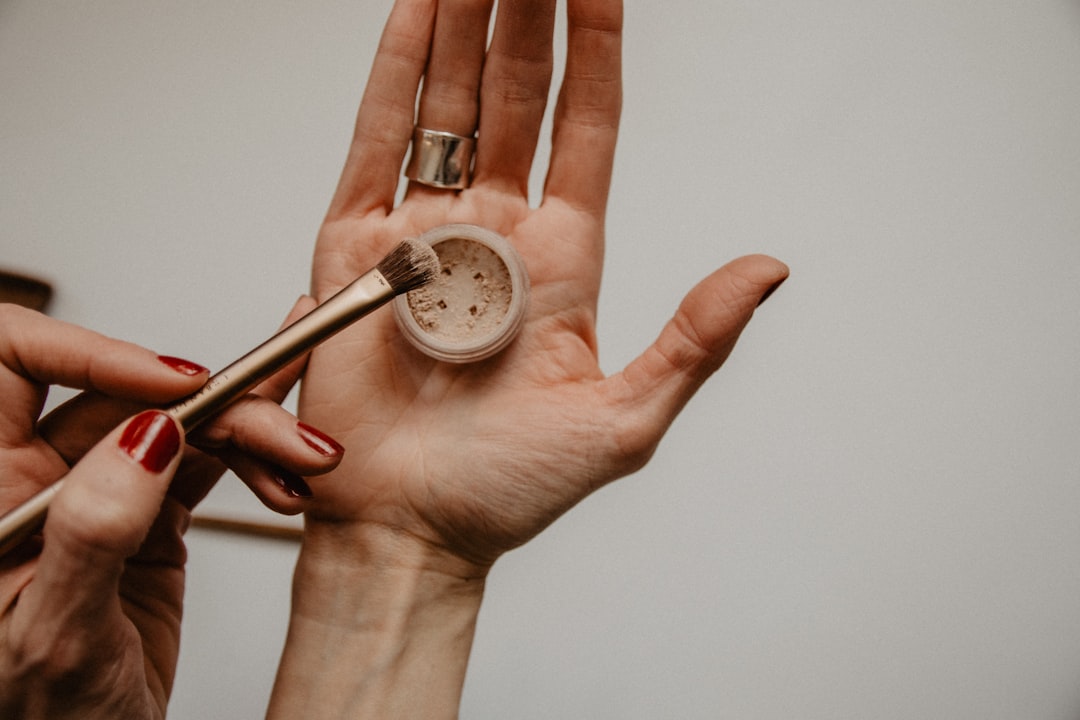

Historical facts about waxing
Avoid using harsh chemicals, fragranced lotions, and tight clothing on the area that was waxed to prevent irritation.
Waxing is an effective method for achieving smooth skin, but maintaining that smoothness between sessions requires some effort. Scheduling regular waxing appointments is crucial for long-lasting results. professional hard wax This will help keep your skin hair-free and silky smooth for an extended period of time!
Get the best hard wax products from Wax Wax.Myth: Waxing is extremely painful
Overall, waxing remains a popular choice for hair removal due to its effectiveness and longer-lasting results. self wax The practice continues to be refined with new techniques and products being developed to improve the experience for those seeking smooth and hair-free skin.
1. Is waxing painful?
Exfoliate weekly: (To avoid) ingrown hairs, exfoliate the waxed area once a week using a gentle scrub. This will help remove dead skin cells and allow new hair to grow properly without getting trapped under the skin.
Risk of injury or burns
Aftercare Routine: It is important to follow a proper aftercare routine in order to avoid any potential skin problems. This includes moisturizing the waxed area regularly, avoiding hot baths or showers for at least 24 hours, exfoliating gently after a few days, and wearing loose clothing to prevent irritation. By taking these simple steps, you can prolong the results of your waxing session and keep your skin looking smooth and healthy!
Types
The modern practice of waxing has evolved over time, with different techniques and types of wax available. Strip waxing, which uses a thin layer of wax applied to the skin and removed with a cloth or paper strip, is one common method.
While at-home waxing kits are available, it is recommended to visit a professional for your first few sessions to ensure proper technique and reduce the risk of injury.
Waxing is a form of semi-permanent hair removal that involves applying a sticky substance, such as wax, to the skin and pulling out the hair from the follicle. This method dates back to ancient civilizations, where various natural substances were used for hair removal.
1. How often should I exfoliate my skin between waxing sessions?
Choose Gentle Exfoliants: Opt for gentle exfoliants that won't irritate or damage your skin before waxing. (Ensure) that the product is suitable for sensitive skin to avoid any adverse reactions.

Historical facts about waxing
Calming Aloe Vera Gel: Aloe vera is known for its soothing properties and can help reduce redness and inflammation after waxing. (This gel is a must-have for anyone with sensitive skin!)
Waxing is a form of semi-permanent hair removal that involves applying a sticky substance, such as wax, to adhere to body hair and then removing this covering to pull out the hair from the follicle. New hair will not grow back in the waxed area for four to six weeks. Waxing can be done on various parts of the body, including eyebrows, face, legs, arms, back, abdomen, chest, and feet. There are different types of waxing methods available, such as strip waxing (soft wax) and stripless wax (hard wax and film wax). While waxing is an effective method for removing hair in large amounts at once and provides long-lasting results compared to shaving or using depilatory creams, it can also be painful and expensive. Some people may experience ingrown hairs or skin irritation after waxing.
Professional Waxing
2.
This article needs additional citations for verification . Please help improve this article by adding citations to reliable sources . Unsourced material may be challenged and removed.